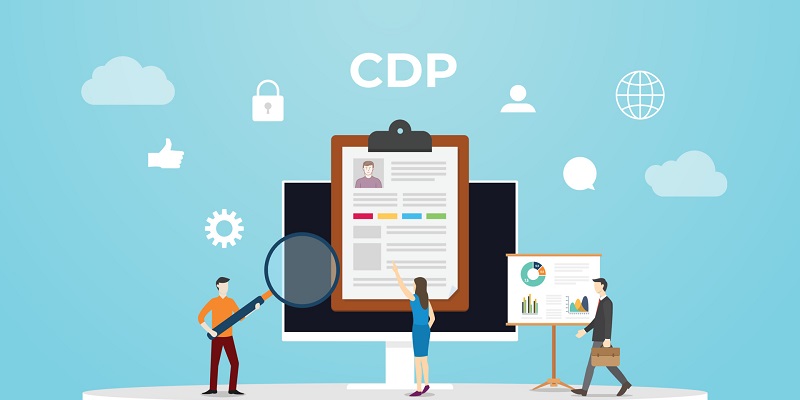As more companies shift towards digital transformation, the pressure to adopt new software capabilities has never been greater. Implementing these capabilities, however, comes with its own set of challenges. IT leaders must navigate complex vendor contracts that can lock them into long-term agreements, while balancing the need for control with the flexibility to leverage existing investments. In this article, we will delve into some of the most pressing challenges facing IT leaders today and explore practical tips for overcoming them.
Godwin’s Law and the Relevance of Online Discussion
Godwin’s Law states that as an online discussion grows longer, the likelihood of a comparison to the Nazis or Adolf Hitler approaches one. While this law originated as a cautionary tale for online discourse, it also has relevance in software deployment. When faced with a challenge, it’s easy to become overwhelmed and resort to extreme comparisons. Instead, take a step back and break the problem down into smaller pieces. By tackling each issue individually, you’ll be better equipped to handle even the most complex tasks.
The Advantages of More Flexible Software Capabilities Deployment
When it comes to software capabilities, companies are faced with a choice: purchase an all-in-one package or take a more modular approach. While all-in-one packages might seem like an easy solution, they often come with limitations that can hinder scalability. A more modular approach, on the other hand, offers greater flexibility. It allows companies to deploy specific capabilities that meet their unique needs and adjust as those needs change over time.
Leveraging Existing Investments and Cloud Commitments
Most companies have already invested in some type of software solution, and the idea of starting from scratch can be daunting. Rather than abandoning these investments, companies should look for ways to leverage them by building on existing cloud commitments. This approach not only saves money, but also allows companies to leverage the expertise they’ve already developed in a particular tool.
The Challenges of Vendor Evaluation and Negotiation
One of the most significant challenges facing IT leaders is to evaluate and negotiate with multiple vendors. With so many vendors and products on the market, it can be difficult to choose the right solution. Moreover, vendor contracts can be complex and difficult to negotiate. The key is to approach vendor evaluation and negotiation with a clear understanding of your needs and goals. Understand what you want from a vendor and be prepared to negotiate for the capabilities that align with your objectives.
The Importance of Identity Strategy and Approach
When deploying software capabilities, it is important to have a clear identity strategy and an approach to building profiles. Without a clear understanding of identity, it is difficult to ensure that user data is collected and used effectively. Establish guidelines for collecting and using data, and ensure that all stakeholders understand the approach.
Dependence on a Strong IT Team
Implementing new software capabilities is a complex undertaking that requires a skilled IT team. Without the right expertise, companies risk wasting time, money, and resources. Invest in your IT team by providing ongoing training, and ensure that they have the support they need to succeed.
Caution against viewing Composable CDPs as a universal solution
Composable CDPs offer a modular approach to the deployment of customer data platforms (CDPs). While this approach is very popular, it is not a universal solution. Companies should be cautious about viewing this approach as a one-size-fits-all solution, as it may not fit every company’s unique needs.
Recognizing the Early Stages of the CDP Category
Finally, it’s important to recognize the early stages of the CDP category and the potential for future changes. As technology continues to evolve, so too will the CDP category. Keep an open mind and be prepared to adapt as the market evolves.
The challenges of deploying new software capabilities are significant, but by taking a modular approach, leveraging existing investments, and building a strong IT team, companies can succeed. As the CDP category continues to evolve, it’s important to recognize the early stages and be prepared to adapt as needed. By approaching software deployment with a clear understanding of your needs and objectives, you will be well-equipped to overcome any challenge that comes your way.

